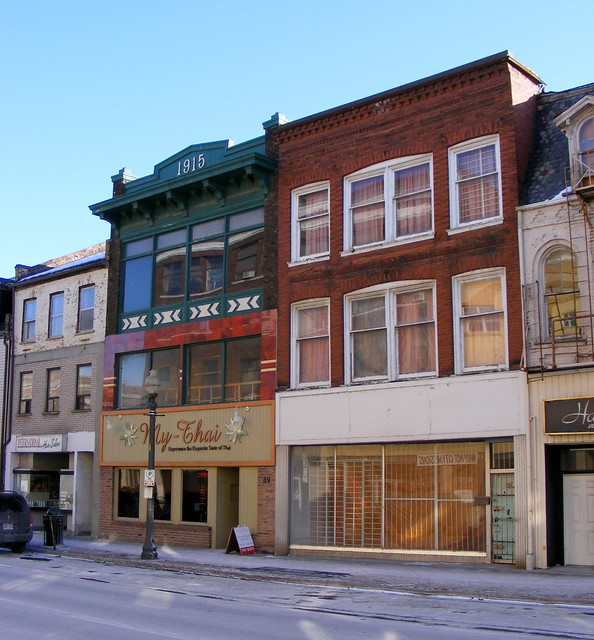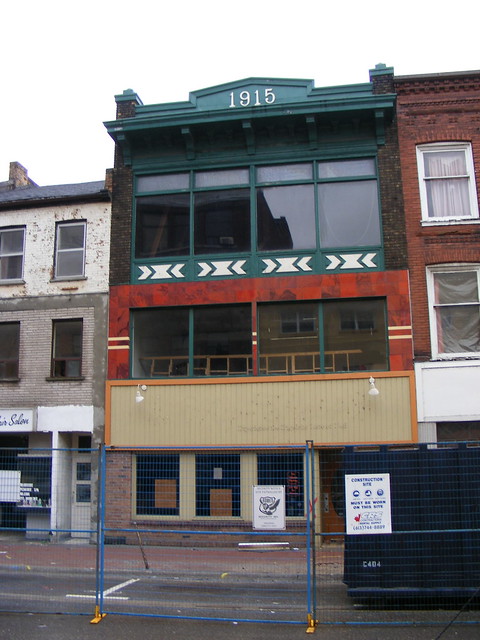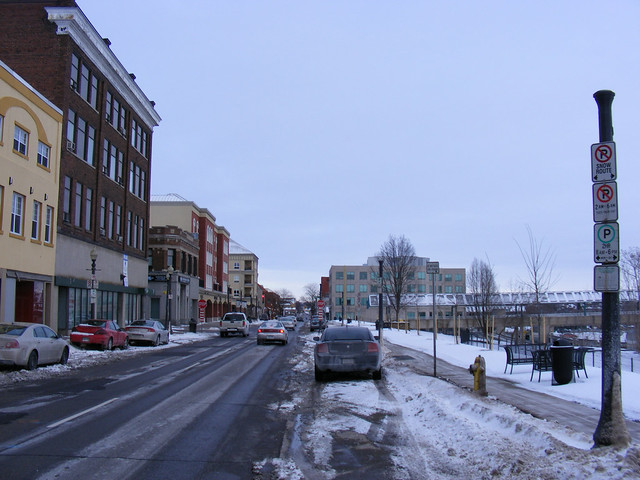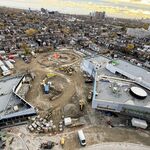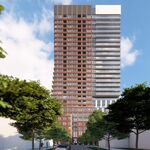I've spent the last 2 days in Courtenay, BC (population 25,000) which reminds me that architecture is very important in creating a viable downtown - at least as much as pedestrian vibrancy and the quality of stores.
Like most BC communities, Courtenay has a downtown that is more of a central attractor for middle class people than a comparably-sized Ontario community, complete with decent restaurants, coffee shops and upscale grocery stores. Other than Stratford, I can't think of a downtown in Ontario of comparable size that has as much to offer. It also has an attractive riverfront trail and a decent public realm. The problem is that, like most BC communities, it was primarily built after the war with purpose-built 1 storey commercial teardown buildings, so it has almost no redeeming architecture whatsoever. The town could pull what Brantford did and, as long as the stores come back and fulfill their original functions, nobody would realize that anything was missing. So, despite its vibrancy, the place lacks warmth and it feels cold and featureless. It feels weird to eat good food in a hideous building.
Ontarians are lucky that our small town downtowns were built at a time when even small towns had metropolitan architectural aspirations, and when small town architects added so much detail and complexity to their buildings. Main street Woodstock or Port Hope is no different from what people were building on Yonge St. or St. Catherine Street in Montreal at the time. It would be like if developers in Lindsay or St. Thomas hired Teeple, aA or Hariri Pontarini to build modernist condos to line their main streets today.


